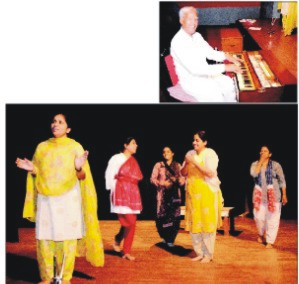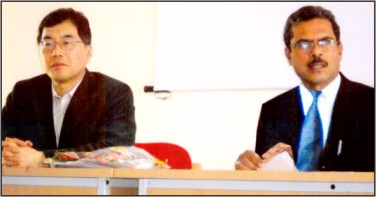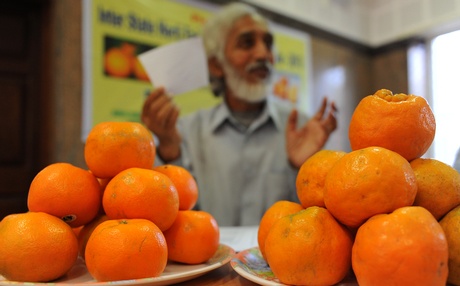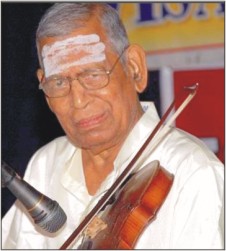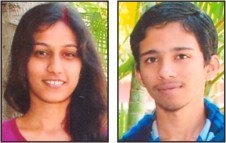Bangalore was once famous for its free spirit and culture. A few loyalists are trying to preserve a slice of the city they knew and love
If you happen to be a newcomer to Bangalore , and get into conversations with some of its older residents, be careful about showering their city with compliments. If you remark that it is green, they will tell you it used to be greener. Talk about the great weather, and they will tell you it used to be much better. Bangalore, they will tell you (wistfully, angrily or with an air of resignation, depending on who you are talking to), is not the place it used to be. And the nostalgia is not unwarranted. Every so often, there will be an article in a newspaper about an old Bangalore joint going out of business because it can’t afford the escalating rent and of customers rushing to have that last cup of tea or sandwich, or just to shoot the breeze, at their old hangout. Some Bangaloreans, though, are trying to do their bit to preserve a slice of the city they knew, in their own way.
“Bangalore used to be the kind of place where people gathered at parks every evening and someone would invariably take out his guitar, where people would dance at clubs till five in the morning, and where the greatest crime was to go around without a cycle lamp!” says Paul Fernandes , artist and former advertising executive, occasionally referred to as the city’s Mario Miranda . Fernandes has recaptured that era in a series of 60 evocative watercolours, on display at his recently opened gallery, “aPaulogy,” in Richards Town. Each of the watercolours, set in ’70s Bangalore, has a personal memory or association for the artist. But anyone from those days would have an association with the places he has sketched, he adds.
One shows a boy on a cycle riding away with hand outstretched from a constable whose hat is in the air, titled “Potential visitor at Cubbon Park police station? “Oh we all used to do that — slap their hats off and then speed away and if you were caught, you had to spend the night in the lock-up,” Fernandes says with a laugh. Another shows two young bucks doffing their hat to a pretty young lady emerging from her house. Look carefully and you will espy an old gent with a rifle taking aim at the young men. “I have a very pretty sister and young men from all over the city used to come from all over to see her… and my uncle used to use his rifle to threaten them,” says Fernandes, which he later corrects to “seven pretty sisters”. The rifle is also there, next to the watercolour.
Fernandes thought of doing the sketches when he noticed that whenever he and his friends were talking, the conversations would begin with “Do you remember” and it would invariably turn out to be a happy conversation. The push came when his mother’s house, which his father had bought in 1947 when he returned from England, was sold and demolished. “That’s when I started drawing the old buildings,” he says. Fernandes now plans to bring out a book of the watercolours, titled Bangalore Blue — A 1970s Roundabout.
A different attempt to make sense of the rapid changes that took place in Bangalore and the city’s struggles to come to terms with it, while holding on its familiar aspects, is a film by city-based filmmaker Sushma Veerappa . TitledWhen Shankar Nag Comes Asking, the film tackles these issues by examining what it would take for two auto drivers, Ramanna and Mahadeva, at Shankar Nag Auto Stand to “belong” in Bangalore today. When asked what she made of the changes in Bangalore, and the loss of old “institutions,” Veerappa says, “Of course there is much nostalgia value to something tangible like buildings. But as a documentary filmmaker, I am more concerned with what replaces those buildings — and I don’t mean just the glass façades. How and where does one carry those memories associated with that demolished old building? How do they translate into the everyday?” The changes that have happened, she says, is less about the “loss” and more about the sense of alienation and how insecurities play out. “The making of the documentary helped me understand the many ways of seeing,” she says.
But not all change is unwelcome. “I’m not depressed (about the changes) at all. Life has become better in many ways as well,” says Fernandes. Yet, on being told that Kohinoor Hotel on Brigade Road, a hangout for many Bangaloreans since the late ‘50s, had downed its shutters while he was abroad, Fernandes can’t keep that note of regret out of his voice when he says he will not be able to visit it for one last of glass of its famous suleimani chai with his old friends…
(aPaulogy, located on 15 Clarke Road, near the entrance of Richards Park, is open from 11 am to 7.30 pm Tuesday to Saturday, and 12 to 7.30 pm on Sunday (closed on Mondays); There will be a series of public screenings of When Shankar Nag Comes Asking in February, the details of which will be posted on the director’s Facebook page(sushma.veerappa/facebook))
______________________________________________________
source: http://www.Business-Standard.com / Home> Life & Leisure / by Indulekha Aravind / Bangalore, January 13th, 2013
